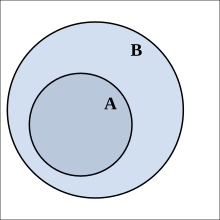First of all, I would like to thank the students of Pod4 for introducing happiness. It is also very clear that the target of the teaching is 15 high school students in grades 9-12. Cognition and understanding of happiness is an important part of high school students’ establishment of life values, and learning happiness does not require special professional academic theory. Secondly, in the part of learning design, you used the direct teaching method to directly teach the theme of happiness through articles and videos, but we all know that “happiness” is a very abstract concept. The understanding will be different. For example, it may be happy for the tramp to eat a burger, but for the rich, hamburger does not bring him happiness. The direct teaching method is to teach a fixed concept, you can consider how to make students express different happiness. Then you have designed two specific groups of people for ELL students and hearing-impaired people. I very much agree to use Youtube’s slow-motion function. This function combined with subtitles can enable ELL students to fully understand the video content and better understand the concept of happiness. A separate video lecture can perfectly solve the problem of hearing-impaired people. I like your evaluation criteria. You have listed an evaluation form on how to evaluate happiness, making the very abstract concept of happiness very specific, and let students learn and understand what happiness is through daily little things. Finally, you use constructivism as the basis for resources, and I strongly agree. Based on the abstract concept of happiness, the initiative of learners in constructivism fits this theme very well. Teachers promote and help students learn the concept of happiness autonomously, and then understand the meaning of happiness through the combination of videos and articles, and finally through the evaluation form to enable students to truly understand the meaning of happiness and integrate the concept of happiness into life, To make students experience happiness, highlighting the autonomy and personality of learning. This is a very systematic teaching plan.
https://docs.google.com/document/d/1Ik_w_O8Jviu-4wMwvbnkM8YlaYIWNYHG3LKxxQy_62M/edit
 .
.
Recent Comments